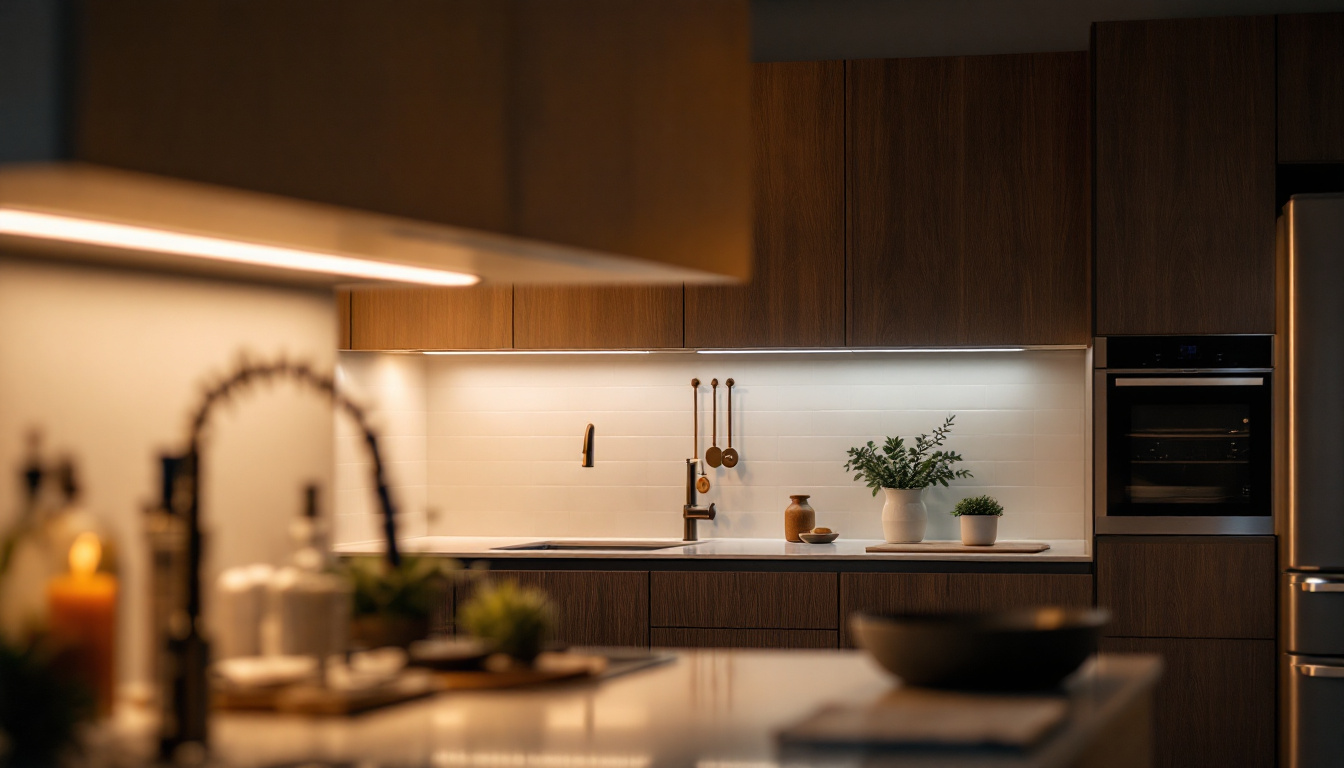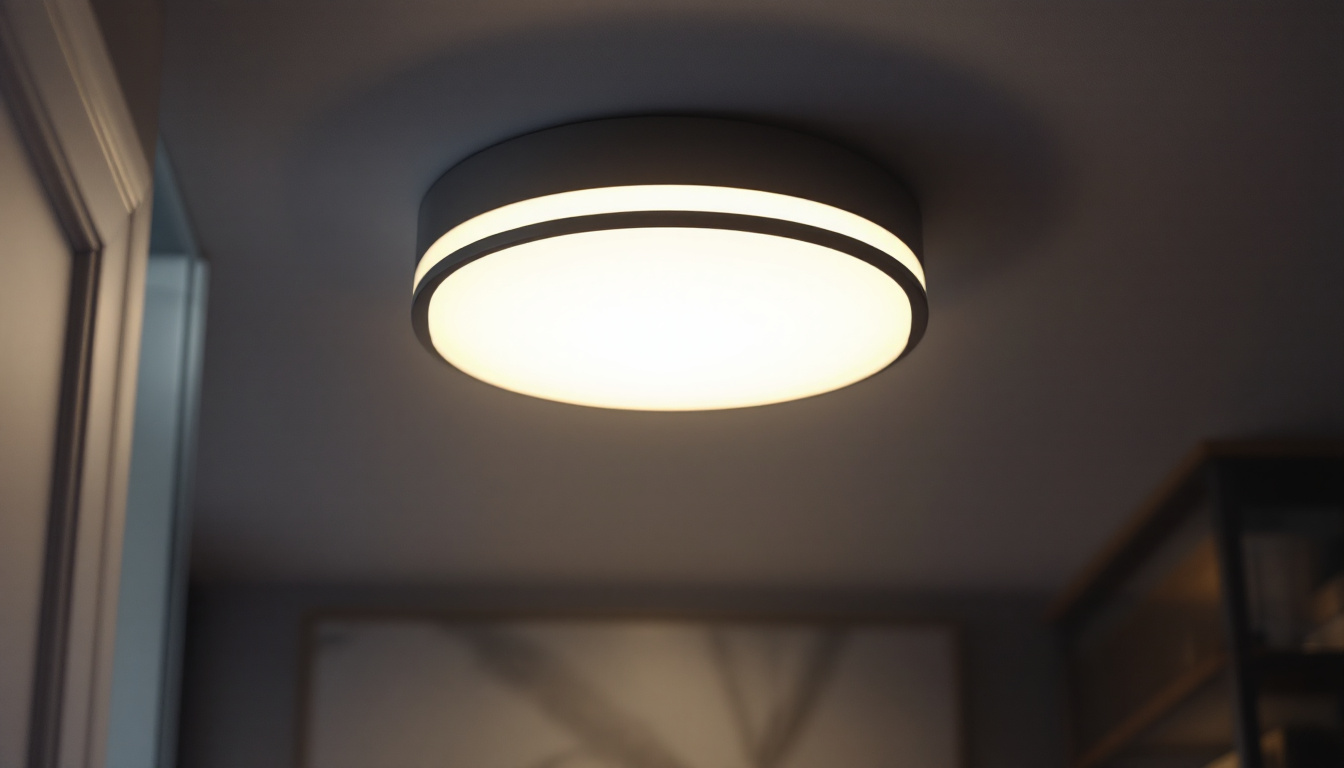
In the world of lighting design and installation, dimmable switches have become an essential component for creating versatile and energy-efficient environments. For lighting contractors, understanding the intricacies of dimmable switches is crucial to delivering high-quality installations that meet client needs. This article explores the essential facts about dimmable switches, their types, installation considerations, and their impact on energy efficiency and ambiance.
Dimmable switches allow users to adjust the brightness of their lighting fixtures, providing flexibility and control over the ambiance of any space. Unlike traditional on/off switches, dimmers can enhance the functionality of lighting systems, making them a popular choice for both residential and commercial applications. The ability to create different moods with lighting can transform a room, making it feel more inviting or energizing depending on the occasion. Whether it’s a cozy dinner party or a bright workspace, dimmable switches offer a versatile solution to meet various lighting needs.
At their core, dimmable switches operate by altering the voltage supplied to the light fixture. This is typically achieved through a method known as phase-cut dimming, which can be categorized into two types: leading-edge and trailing-edge dimming. Leading-edge dimmers cut off the beginning of the AC waveform, while trailing-edge dimmers cut off the end. Each type has its advantages and is suited for different lighting technologies. Understanding these differences can help users select the most appropriate dimmer for their specific lighting setup.
Leading-edge dimmers are generally compatible with incandescent and some halogen bulbs, providing a smooth dimming experience. In contrast, trailing-edge dimmers are better suited for LED and CFL bulbs, as they offer more precise control and reduce the risk of flickering. This precision is particularly important in environments where consistent lighting is crucial, such as art galleries or photography studios, where color accuracy and light quality can significantly impact the final result.
Choosing the right type of dimmable switch is essential for ensuring compatibility with the lighting system. The main types include:
Additionally, many smart dimmers come equipped with features such as energy monitoring, which can help users track their energy consumption and make informed decisions about their lighting usage. This not only contributes to cost savings but also promotes a more sustainable lifestyle. As technology continues to evolve, the integration of dimmable switches with other smart home devices is likely to become even more seamless, allowing for a fully connected and customizable living environment.
When installing dimmable switches, several factors must be considered to ensure optimal performance and safety. Proper installation not only affects the functionality of the dimmer but also the longevity of the lighting fixtures.
One of the most critical aspects of installing a dimmable switch is ensuring compatibility with the light bulbs being used. Not all bulbs are designed to work with dimmers, and using incompatible bulbs can lead to flickering, buzzing, or even damage to the lighting fixtures. It is essential to check the manufacturer’s specifications for both the dimmer and the bulbs.
For instance, while many LED bulbs are now designed to be dimmable, older models may not be. Therefore, selecting high-quality, dimmable LED bulbs that are compatible with the chosen dimmer is vital for achieving the desired lighting effect.
Wattage ratings are another crucial consideration during installation. Each dimmable switch has a maximum wattage load it can handle. Exceeding this limit can result in overheating and potential failure of the dimmer. Contractors should calculate the total wattage of the connected fixtures and ensure it falls within the dimmer’s specified range.
Additionally, when using multiple bulbs on a single dimmer, it is wise to account for the cumulative wattage to avoid exceeding the limit. This practice not only enhances safety but also ensures reliable performance.
Choosing the right location for dimmable switches is essential for user convenience. Dimmers should be installed in easily accessible areas, allowing users to adjust lighting without hassle. In residential settings, placing dimmers near entry points or in living areas can enhance usability.
In commercial spaces, considering the flow of traffic and the intended use of the area can guide the placement of dimmers. For example, in a restaurant, dimmers may be strategically placed to create an inviting atmosphere during dinner service, while ensuring staff can easily adjust lighting as needed.
The advantages of incorporating dimmable switches into lighting systems extend beyond mere aesthetics. They offer a range of benefits that can enhance both residential and commercial environments.
One of the most significant benefits of dimmable switches is their contribution to energy efficiency. By allowing users to adjust the brightness of their lighting, dimmers can reduce energy consumption, particularly in spaces where full brightness is not always necessary. For instance, lowering the brightness of lights can lead to substantial energy savings over time, resulting in lower utility bills.
Moreover, when used with LED bulbs, dimmable switches can further optimize energy savings. LEDs are already more energy-efficient than traditional incandescent bulbs, and when paired with dimmers, they can operate at reduced wattages, enhancing their lifespan and performance.
Dimmable switches play a crucial role in creating the desired ambiance in any space. Whether it’s a cozy living room, an elegant dining area, or a vibrant commercial setting, the ability to adjust lighting levels can dramatically influence the atmosphere. For example, soft, warm lighting can create a relaxing environment, while brighter settings can enhance focus and productivity.
In commercial applications, such as restaurants or retail stores, the ability to adjust lighting can be pivotal in setting the mood and attracting customers. Dimmed lighting can create an intimate dining experience, while brighter lights can highlight products and encourage purchases.
With the rise of smart home technology, dimmable switches have evolved to offer increased control over lighting systems. Smart dimmers can be programmed to adjust brightness levels based on time of day or occupancy, providing convenience and energy savings. Additionally, they can be integrated with other smart devices, allowing for seamless control over the entire lighting system.
This level of control not only enhances user experience but also allows for greater customization of lighting settings to suit individual preferences and activities.
While dimmable switches offer numerous benefits, they can also present challenges during installation and use. Being aware of these potential issues and knowing how to address them can ensure a smoother experience for both contractors and clients.
One of the most common issues encountered with dimmable switches is flickering lights. This can occur when incompatible bulbs are used or when the dimmer is not properly matched to the load. To resolve this issue, it is essential to ensure that all components are compatible and that the dimmer is rated for the wattage of the connected fixtures.
In cases where flickering persists, it may be beneficial to consider upgrading to a higher-quality dimmer or switching to a different type of bulb. Additionally, ensuring that all connections are secure can help eliminate flickering caused by loose wiring.
Another challenge that may arise is the presence of buzzing or humming sounds from the dimmer. This is often a result of using lower-quality dimmers or incompatible bulbs. To mitigate this issue, contractors should recommend high-quality dimmers specifically designed for the type of lighting being used.
Furthermore, ensuring that the dimmer is installed correctly and that the load is within the specified limits can help reduce noise. In some cases, upgrading to a trailing-edge dimmer may also resolve noise-related issues, especially when using LED bulbs.
Some dimmers may have a limited dimming range, which can be frustrating for users seeking finer control over their lighting. This limitation is often due to the type of dimmer or bulb being used. To address this, contractors should educate clients on selecting compatible, high-quality dimmers and bulbs that offer a wider dimming range.
Additionally, exploring advanced dimming technologies, such as smart dimmers, can provide users with more extensive control over their lighting systems, enhancing overall satisfaction.
Dimmable switches are an essential tool for lighting contractors, providing the ability to create flexible, energy-efficient, and aesthetically pleasing environments. By understanding the various types of dimmable switches, installation considerations, and the benefits they offer, contractors can deliver superior lighting solutions that meet the diverse needs of their clients.
As the demand for customizable lighting solutions continues to grow, staying informed about the latest advancements in dimmable technology will be crucial for lighting professionals. By addressing common challenges and embracing innovative solutions, contractors can enhance their expertise and ensure successful installations that elevate the quality of any space.
In a rapidly evolving industry, the knowledge of dimmable switches is not just beneficial—it’s essential for lighting contractors aiming to provide exceptional service and value to their clients.
Ready to elevate your lighting installations with the finest dimmable switches on the market? Look no further than LumenWholesale, where we provide lighting contractors with the highest quality, spec-grade lighting products at unbeatable wholesale prices. Say goodbye to local distributor markups and hello to a vast selection of reliable, high-performance lighting that meets the most stringent industry standards. With the added convenience of free shipping on bulk orders, LumenWholesale ensures you get the premium lighting you need at the best value — all without hidden fees or compromises. Don’t miss out on the perfect combination of quality, affordability, and convenience. Visit LumenWholesale today and discover Wholesale Lighting at the Best Value for your next project.

Discover how over-the-cabinet lighting solutions can give lighting contractors a competitive edge in securing more bids.

Explore the key differences between A19 light bulbs and their alternatives in this comprehensive guide tailored for lighting contractors.

Explore the advantages and drawbacks of flat ceiling lights for lighting contractors.

Discover effective strategies for lighting contractors to tackle the challenges of using low wattage lamps.